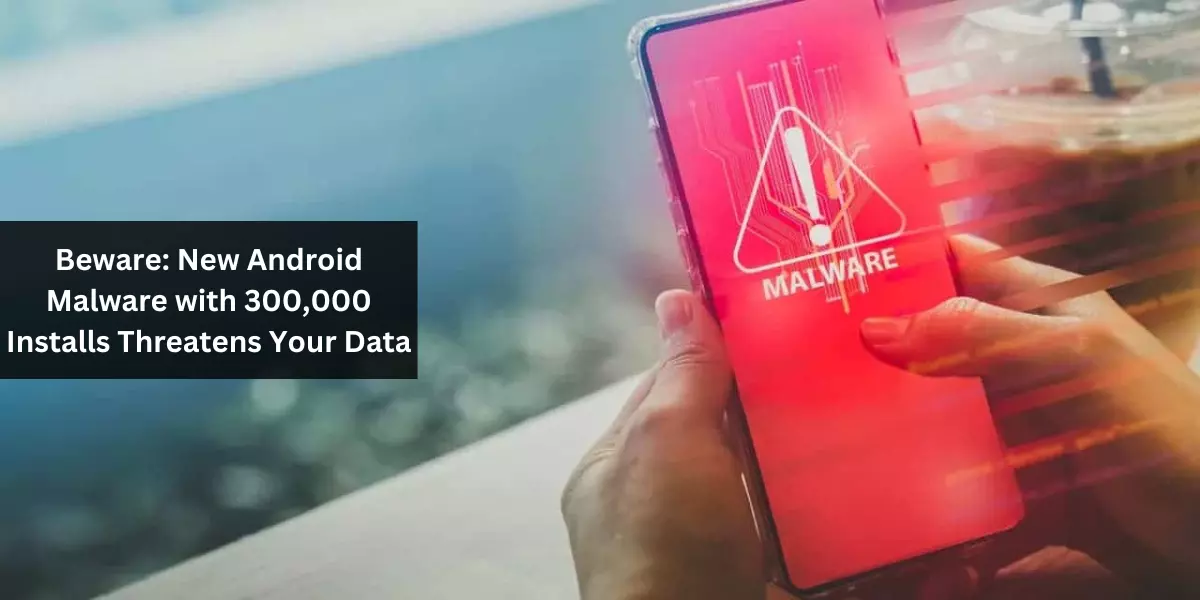There’s a new cyber threat in town, and it’s a big one. A dangerous new Android malware, already on 300,000 devices, is lurking in the digital shadows, ready to steal your precious data. Let’s dive into what this means for you and how you can protect yourself.
The Rise of Android Malware
A Growing Concern
Malware on Android isn’t new, but it’s becoming more sophisticated. This new strain is a wake-up call for all of us who rely on our phones for just about everything.
The Scope of the Threat
With a staggering 300,000 installs, this malware isn’t a minor blip; it’s a full-blown crisis. It’s more than just a nuisance; it’s a serious risk to your personal and financial information.
Understanding the Malware
How It Works
This malware masquerades as a legitimate app, tricking users into installing it. Once on your device, it starts its sinister work, stealing data like passwords, banking info, and more.
Why It’s So Dangerous
What makes this malware particularly scary is its ability to remain undetected while it pilfers your data. It’s like a digital pickpocket that you don’t even know is there.
How Did It Get So Many Installs?
The Power of Deception
The malware’s success lies in its disguise. It often appears as a useful or fun app, luring unsuspecting users into a trap.
The Role of App Stores
Even though app stores have security measures, some malicious apps slip through the cracks. It’s a reminder that we can’t rely on app stores alone for our digital safety.
Protecting Yourself from Android Malware
Be Selective with Your Apps
Think before you download. Do your research, read reviews, and only download apps from trusted developers.
Update and Secure Your Device
Regular updates and a good security app can go a long way in protecting your device from malware.
Recognizing Red Flags
Unusual App Behavior
Is an app asking for too many permissions? Does it seem to be doing things it shouldn’t? These could be signs of malware.
Your Phone’s Performance
A sudden drop in your phone’s performance or battery life can sometimes indicate the presence of malware.
What to Do If You Think You’re Infected
Immediate Steps
If you suspect malware, act fast. Uninstall the suspicious app, change your passwords, and consider a factory reset if needed.
Seeking Professional Help
Sometimes, it’s best to consult with a tech professional, especially if sensitive data is at risk.
The Role of Tech Companies
Responsibility to Users
Tech companies have a duty to protect their users. This includes better screening of apps and prompt action when threats are detected.
Educating the Public
Awareness is key. Companies should help educate users on the risks of malware and how to avoid it.
Conclusion
The new Android malware with 300,000 installs is a stark reminder of the digital dangers we face. But don’t panic! By being vigilant, selective with your apps, and keeping your device secure, you can greatly reduce your risk of falling victim to this digital menace.
FAQs After Conclusion
1. How can I tell if an app is safe to download?
Look for apps from reputable developers, check the reviews, and be wary of apps that ask for unnecessary permissions.
2. What should I do if I’ve already downloaded a suspicious app?
Uninstall the app immediately, change your passwords, and monitor your accounts for any unusual activity.
3. Are free apps more likely to contain malware?
Not necessarily, but be extra cautious with free apps, especially those without a solid reputation or many reviews.
4. Can updating my phone really help prevent malware?
Yes, updates often include security patches that can protect your phone from recent threats.
5. How can I educate myself more about digital security?
Follow tech news, read articles on digital security, and consider joining online forums or communities focused on cybersecurity.



